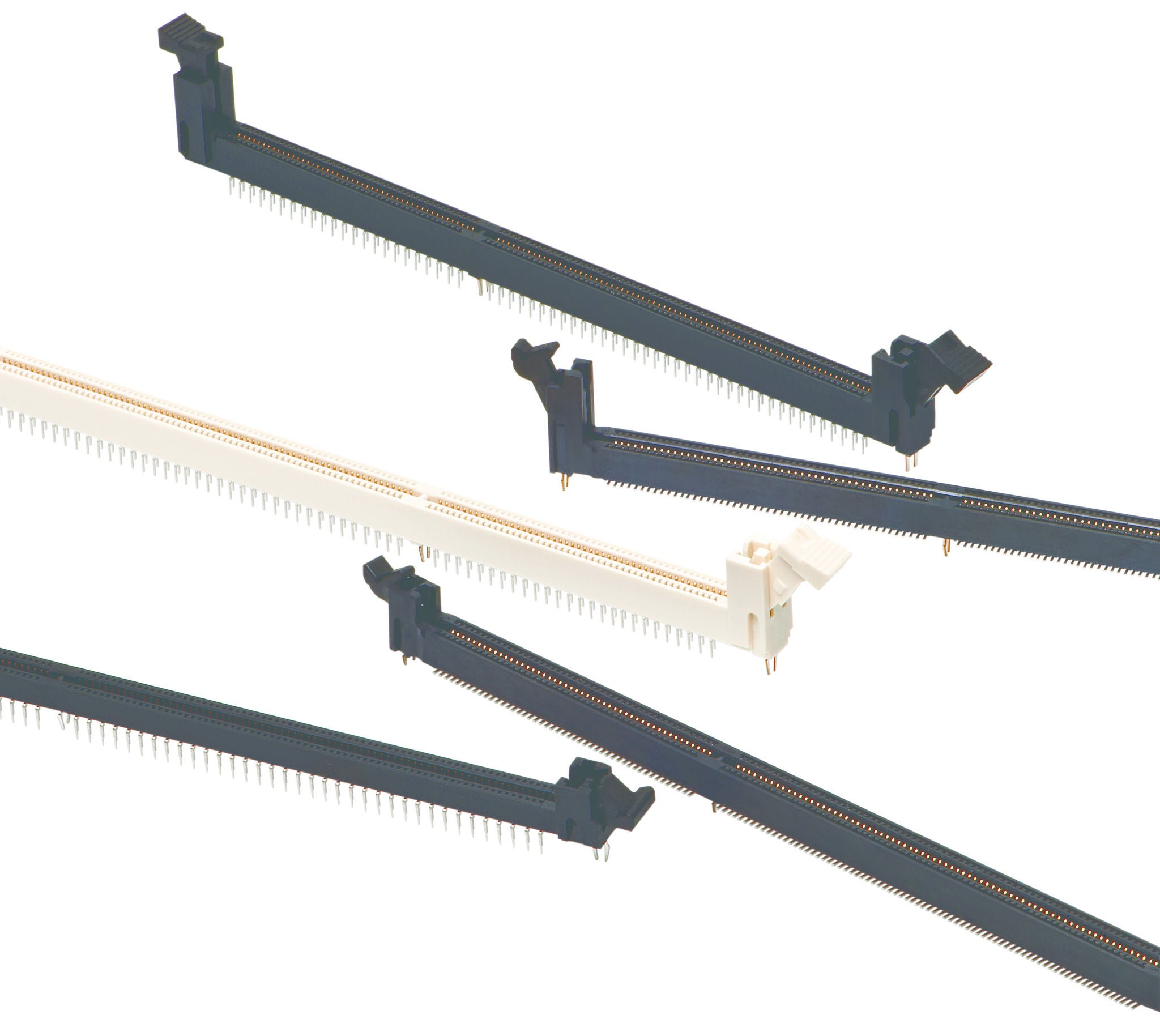Overview
In the rapidly evolving field of data centers, the Open Compute Project (OCP) stands at the forefront of designing and sharing open-source hardware and architecture. One of the key sub-projects under the OCP umbrella is the Data Center – Modular Hardware System (DC-MHS), which introduces a shift from monolithic architectures to modular, scalable and pluggable designs with a focus on interoperability across the data center through standardized interfaces and form factors.
Molex is a recommended supplier for DC-MHS providing OCP-specified server components including acceleration modules, system security and control modules, and Network Interface Cards on I/O board.
| OCP DC-MHS | NIC 3.0 | DC-SCM | |||
|---|---|---|---|---|---|
| M-XIO | M-PIC | M-SIF | |||
| NearStack PCIe Connector System | X | ||||
| KickStart Connector System | X | ||||
| Micro-Fit+ Connectors | X | ||||
| Pico-Clasp Connectors | X | ||||
| Impel/Impel Plus Backplane Connectors | X | ||||
| QSFP-DD Connector System | X | ||||
| Sliver Edge Card Connectors | X | X | |||
M-XIO/PESTI
M-PIC
M-CRPS
M-SIF
NIC and DC-SCM
Additional Resources
Featured Products

















